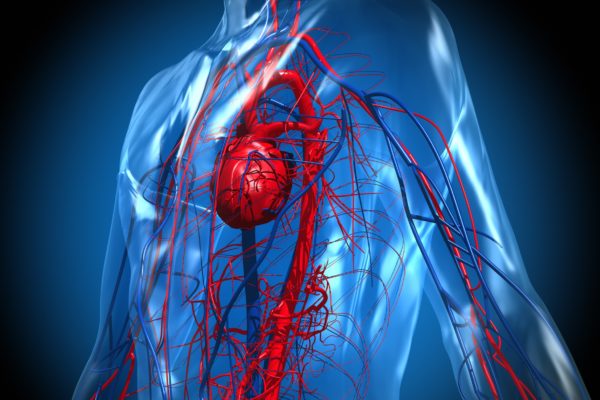
Cancer.gov
Vaginal cancer, also known as vaginal carcinoma, arises when cells in the vagina show spontaneous and unbridled growth. This is a rare type of cancer that normally does not spread until an advanced stage is reached. The vagina is also known as the birth channel and is located between the cervix and the labia.
There are different types of vagina cancer.
Often, a tumorous growth in the vagina is actually a metastases from another cancer in a different part of the body. Most frequently these are the uterus, endometrium or ovaries, or the urinary tract.
Vaginal cancer makes up around 2% of all the cancers in the female reproductive organs. Most women diagnosed are between the ages of 40 and 70. The survival rate for vaginal cancer has gone up around 10% over the last few years. Currently, patients diagnosed with a stage I tumour have a 74% 5-year survival rate. This falls to just 19% for women diagnosed in stage IV.
Women with vagina cancer only develop noticeable symptoms at a relatively late stage. These can include:
There is no clearly identifiable cause for vagina cancer. However, there are a number of risk-enhancing factors. These include:
Having had a hysterectomy.
DES-daughters are known to run a higher risk of certain cancers and will be monitored closely during their lives.
In other women, a GP will conduct a physical examination and will refer the patient to a gynaecological oncologist when they suspect a possible cancer. This specialist will conduct further tests, such as a smear test and a biopsy. If these turn out to be positive, further tests are required in order to establish the cancer stage and whether it has spread. These tests include a CT scan, blood tests, lung X-rays, an MRI scan and a PET scan.
As a result of these tests, the tumour can be graded as follows:
The differentiation of the tumour is also important in order to come up with a treatment plan and determine the outlook. Differentiation is the measure in which tumour cells still resemble the normal cells they grew from. In order to determine the differentiation, a biopsy is performed.
Vaginal cancer is usually treated by surgery, radiotherapy or a combination of the two. Chemotherapy is not used to initially treat vaginal cancer, but when the cancer returns, it may be considered. Chemotherapy can also form part of a palliative therapy





